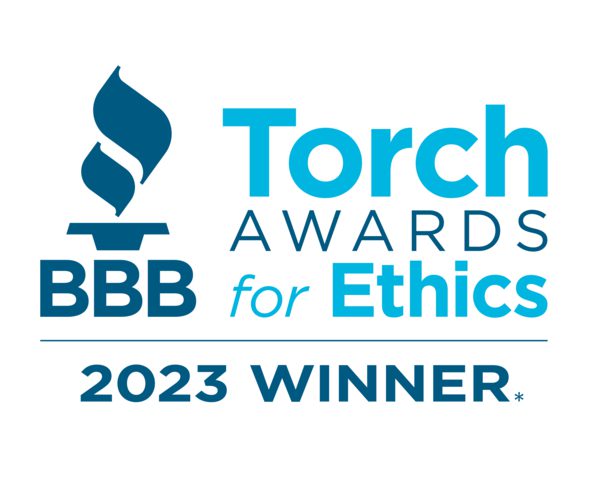Hello everyone! Thank you again for participating in our DAEI Event in September. We are excited for the future of this group. Based on feedback we know that access can be very overwhelming and it can feel difficult to know where to start. This blog will focus on initial steps to increase access and if you have any ADA questions please reach out and let’s collaborate!
What is access?
Access is a broad term used to describe the ways in which people with disabilities can participate in their community, employment, social events, transportation, and places of public accommodation like those without disabilities. Examples of places of public accommodation are restaurants, hotels, theaters, doctor’s offices, retail stores, libraries, museums, government buildings, parks, etc.
Access Priorities
Most often, people think of architectural access as the main priority; however, access is more than a ramp. Once people enter a building, they still need to be able to access the programs, services, and communicate effectively throughout their experience. Below I will list some access starting points and provide resources at the end.
- Physical access
- Located on a bus line;
- Accessible parking;
- Accessible building entrances;
- Accessible route into the building and to services;
- Accessible restrooms;
- Primary function area is accessible;
- Elevator if services are provided on the second floor.
- Programs and Services
- Communication access;
- A way for people with disabilities to request accommodations;
- Policies and procedures that do not limit a person’s access because of their disability;
- Policies allowing for service dogs and mobility aids;
- A way to request ASL and CART services;
- Print materials available on request in Plain Language, Braille, and Large Print;
- Accessible timing of programs for people with disabilities
- Website
- Accessibility tab on website that welcomes people with disabilities, lists disability accommodations that are available and helps with wayfinding;
- Access tool to allow visitors to change print, contrast, etc.;
- Accessible via screen reader;
- Alternative text on any pictures or images;
- Any documents or videos that are posted are accessible
- Disability Awareness
- Staff training on basic disability awareness and etiquette;
- Have disability liaison for ADA and access requests;
- Focus on the person and not their disability;
- Speak to the person not their aid or assistant;
- Do not assume and take over a task or assist someone, ask!
Think about how someone travels to and through your location to identify any barriers that may exist and develop a plan to remove those barriers. Access is continuous and it is important to partner with disability organizations as things evolve. Take small steps!
Resources
ADA Checklist for Existing Facilities:
ADA Title II Action Guide for State and Local Governments:
Great Lakes ADA Technical Center:
Trainings
Accessible Retail Spaces and Restaurants
February 2, 2023 from 2:30-4pm


